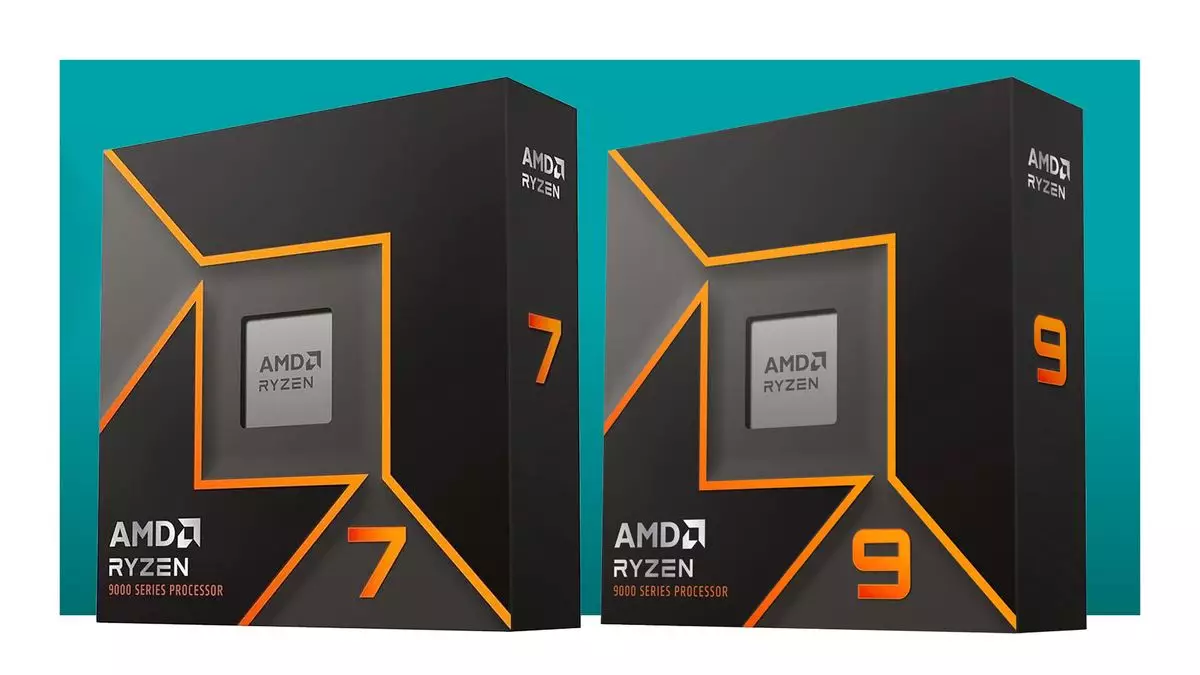Intel recently reported better-than-expected earnings, offering a glimmer of hope in an otherwise tumultuous year. However, this small victory may be overshadowed by the broader context of Intel’s ongoing difficulties in the market. The much-anticipated Lunar Lake processors have garnered some positive attention, showcasing innovation and performance. In stark contrast, the Arrow Lake series has left many disappointed, failing to meet the high expectations previously set. Intel’s struggle becomes even more palpable when compared to AMD, whose pricing strategies and product offerings continue to place them in a dominant position, appealing greatly to budget-conscious consumers.
AMD’s Ryzen 9000-series presents a formidable challenge to Intel, particularly in terms of pricing. The efficiency of AMD’s processors, combined with significantly lower prices, positions them as an appealing choice for gamers and general consumers alike. For instance, while Intel’s Core Ultra 9 285K comes in at a steep price of $630—assuming one can even find it in stock—the Ryzen 9000-series offers alternatives that are not only cheaper but also have established performance superiority in numerous benchmarks. The Ryzen 9600X outperforms the less expensive Core Ultra 5 245K, which is available for $319, reinforcing the idea that consumers are better off with AMD if they are looking for value.
The challenges for Intel extend beyond CPU pricing and availability. When considering the total cost of ownership for a new build, motherboard prices further highlight AMD’s competitive advantage. The cheapest Z890 motherboard for Intel’s Arrow Lake series is currently priced around $190, a hefty sum for budget builders. Meanwhile, motherboard options for the AMD AM5 platform start as low as $76, and a decent quality board can be found for about $115. These savings can significantly impact a consumer’s ability to allocate resources toward other components, such as a superior GPU or additional RAM, making AMD an attractive option for budget gamers.
With Black Friday approaching, consumers are poised to take advantage of discounts that retailers tend to roll out in anticipation of the holiday shopping season. Newegg has already initiated early sales, offering notable discounts on AMD CPUs. This trend is likely to extend further as the promotional period progresses. The imminent launch of new products, such as the AMD Ryzen 9 9800X3D, expected to retail around $489, adds another dimension to the ongoing rivalry. Such products not only promise performance enhancements but may also disrupt Intel’s attempts to reclaim market share.
As the competitive landscape continues to evolve, it’s crucial for gamers evaluating new CPU options to remain well-informed. From the various products available, the AMD Ryzen 9700X emerges as a particularly strong contender. Its launch price of $359 is already seen as a bargain compared to previous generations. Currently available for roughly $312, this price point makes it even more enticing for gamers seeking powerful performance without breaking the bank. As one of the industry experts aptly noted, the value proposition of the 9700X represents a solid choice for most gaming scenarios, where price-to-performance ratio heavily weighs in favor of AMD.
While Intel’s recent earnings report offers a glimmer of hope, it does little to mask the substantial challenges the company faces in today’s market. AMD’s aggressive pricing strategy and robust offerings continue to outmaneuver Intel, placing them in a more favorable position as holiday shopping approaches. With new launches and price reductions on the horizon, consumers will have ample opportunity to invest wisely. Gamers specifically should leverage these trends to maximize their spending power as they prepare for upgrades. It remains essential to keep an eye on both companies as they navigate this intensely competitive environment, where performance and pricing are critical in determining the victor in this ongoing battle.

